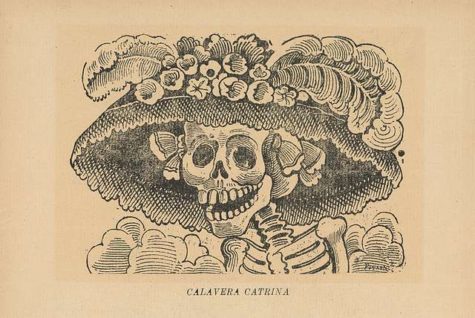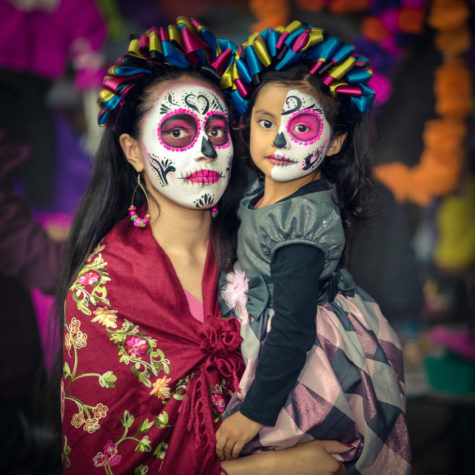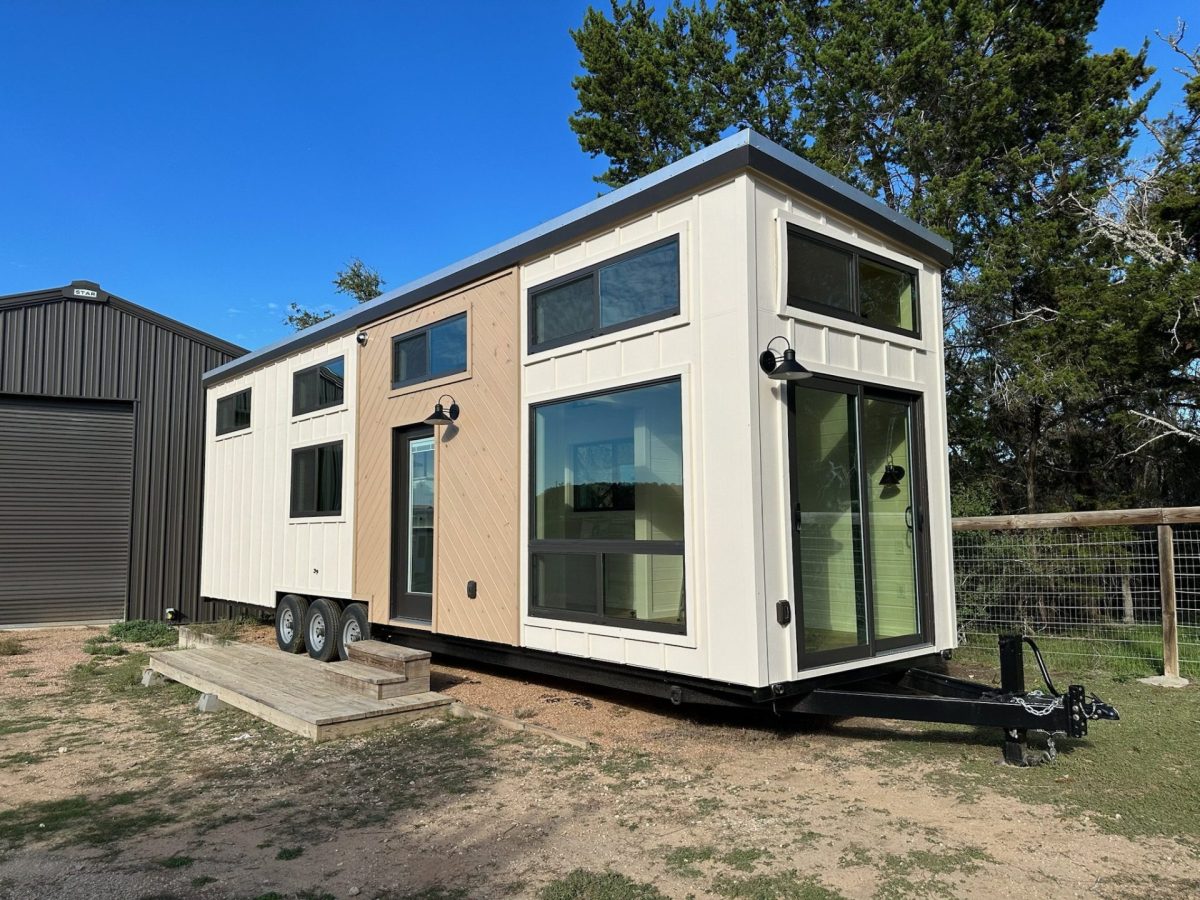The History and Revelance of Dia De Los Muertos

November 4, 2022
It’s that time of year again when the air is crisp and the marigolds are a lovely orange color. Earlier this month, it was Dia De Los Muertos, or, Day Of The Dead. Luckily, in the last few years, people have been learning more about it, not just calling it “Mexican Halloween”. Everyone has seen Coco, so that means they know everything about Dia De Los Muertos, right? Well, it’s more complicated than that. Although these movies help teach others about this holiday, it barely scratches the surface of the complex history and its importance to Mexican identity.
First, let’s give a quick explanation for those who don’t know about Dia De Los Muertos. Dia De Los Muertos(Day of The Dead) is a two-day holiday taking place on November first and second. During this, families will set up Ofrendas(Alters) for deceased loved ones and celebrate their life and often will go and clean their graves.

Now, where did this holiday come from? Well, it’s complicated. Due to Mexico being a nation where people were constantly conquered and absorbed into a new culture – such as the Aztecs, Spain, and the Native Population – tracing specific cultural aspects is tricky at best. From what Historians say, it seems Dia De Los Muertos is a mix of Catholic Spanish traditions and Native Holidays.
All Saints Day, a catholic Holiday around the same time as Dia De Los Muertos is celebrated by lighting candles and honoring the spirits of saints. Another influence could be the native holiday of Quecholli; this is a holiday from October 20th to November 8th when the graves of warriors were decorated and left offerings. It is fitting that Dia De Los Muertos is a mix of many different aspects of culture, just like how modern Mexican culture has no one true predecessor, but multiple influences from the many people who lived there.

An Iconic image of Dia De Los Muertos is La Catrina. Although you may not recognize her name, you most likely have seen her before in art. She is a skeletal lady, often with sugar skull makeup wearing a dress and a large hat or a wedding dress. She is everywhere during Dia de Los Muertos celebrations: in art, puppets, and some even dress up as her. An important question is, where did she come from?
Well, she has an interesting history. “La Calavera Catrina” was made by Illustrator José Guadalupe Posada, sometime around 1910-1913. It was used as a way to call out Mexicans who wanted to act “European” and distance themselves from their indigenous heritage. In the drawing, it shows a feminine skeleton dressed in french clothing and jewelry to disguise her undead appearance; this was a metaphor for how upper-class women at the time would wear European fashion and opulent jewelry to appear more European. The image became iconic and soon became associated with the Day of the Dead due to her skeletal nature. Now, at many parades for Dia De Los Muertos, you will see large sculptures of people in costumes of La Catrina.

Another important image of Dia De Los Muertos is the Marigold or Cempasúchil in Mexico. If you have seen Coco, you know what this flower is. It’s an Orange or Yellow flower native to Central and South America. The petals are used to create paths as the color and smell are believed to help guide the spirits of loved ones’ homes. The Ofrendas, the alters, where we place our photos and food offerings to our loved ones are decorated with the Cempasúchil. Speaking of Ofrendas, commonly, we place the favorite food and drinks of our loved ones. The most used ones are sweet bread, tamales, mole, tequila, and different types of herbal teas.


If you have any interest in this holiday or learning more about Mexican culture in general, you can find many sources online or local events since Kansas City has a thriving Mexican-American community. This is really important to me because we as Chicanos/Mexican Americans can have time to thank our family and loved ones for all they gave up so we can be here






